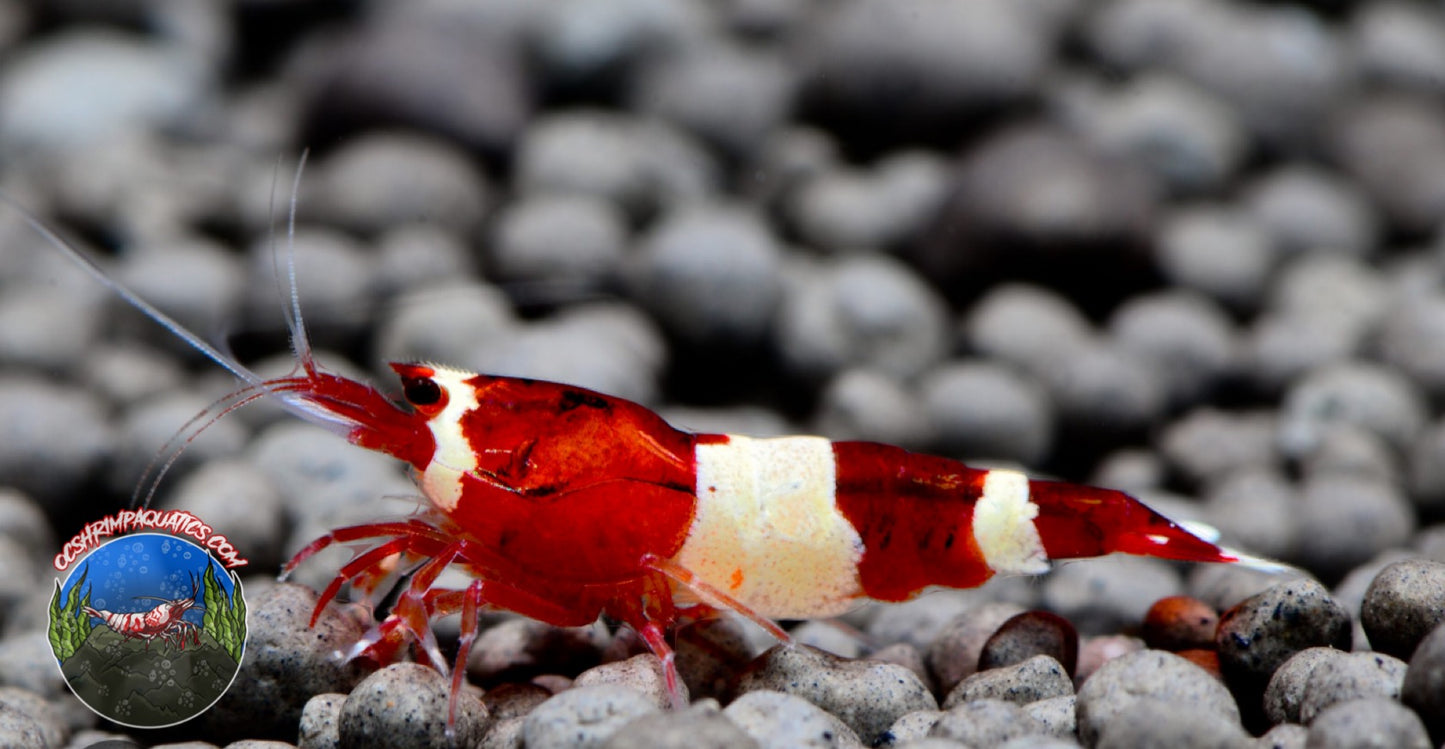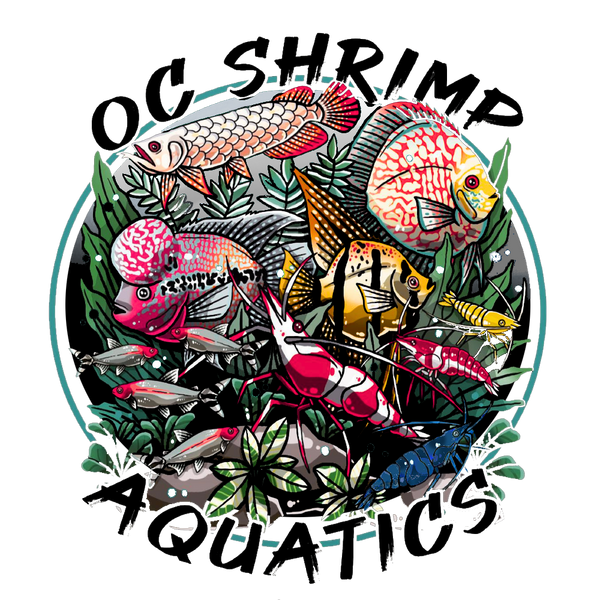1
/
of
1
OC SHRIMP AQUATIC
RED KING KONG SHRIMP
RED KING KONG SHRIMP
Regular price
$15.99 USD
Regular price
Sale price
$15.99 USD
Unit price
/
per
Shipping calculated at checkout.
Couldn't load pickup availability
Share
Red King Kong shrimp (Caridina cf. cantonensis) are a striking and popular variety of freshwater shrimp known for their vibrant red coloration. They require specific care to thrive, so here’s a detailed guide to help you keep your Red King Kong shrimp healthy and happy:
Tank Setup:
-
Tank Size:
- A minimum of 10 gallons is recommended, but a larger tank is better for stability and more space for the shrimp to explore.
-
Substrate:
- Use a soft, acidic substrate such as aquarium soil or fine sand. Many shrimp keepers use mineral-rich substrates designed for caridina shrimp to help maintain the appropriate water chemistry.
-
Hiding Spots:
- Provide plenty of hiding places using rocks, driftwood, and live or artificial plants. Shrimp feel more secure with ample cover.
-
Plants:
- Live plants are beneficial as they offer grazing surfaces and help with water quality. Good choices include Java Moss, Cryptocoryne, and Anubias.
Water Conditions:
-
Temperature:
- Maintain a stable temperature between 68-75°F (20-24°C). Avoid temperature fluctuations as they can stress the shrimp.
-
pH Level:
- Aim for a pH level between 5.5-6.0 Red King Kong shrimp prefer slightly acidic conditions.
-
Water Hardness:
- They thrive in soft water with a general hardness (GH) between 4-6 dGH.
-
Water Quality:
- Regular water changes of 10-20% weekly are important to maintain water quality. Use a good filter, but ensure it is not too powerful as strong currents can stress shrimp.
-
Ammonia and Nitrites:
- Both ammonia and nitrites should be at 0 ppm. High levels of these compounds are harmful to shrimp.
-
Nitrates:
- Keep nitrates as low as possible, ideally below 20 ppm. Regular water changes and a good filtration system help manage nitrate levels.
Diet:
-
Food:
- Provide a varied diet including high-quality shrimp pellets, algae wafers, and blanched vegetables like spinach, zucchini, or carrots. Occasional protein supplements like daphnia or baby brine shrimp are also beneficial.
-
Feeding Schedule:
- Feed small amounts once or twice a day, and ensure the food is consumed within a few hours to prevent water quality issues.

Order and get 80 reward points
Earn points by signing up for our rewards program

